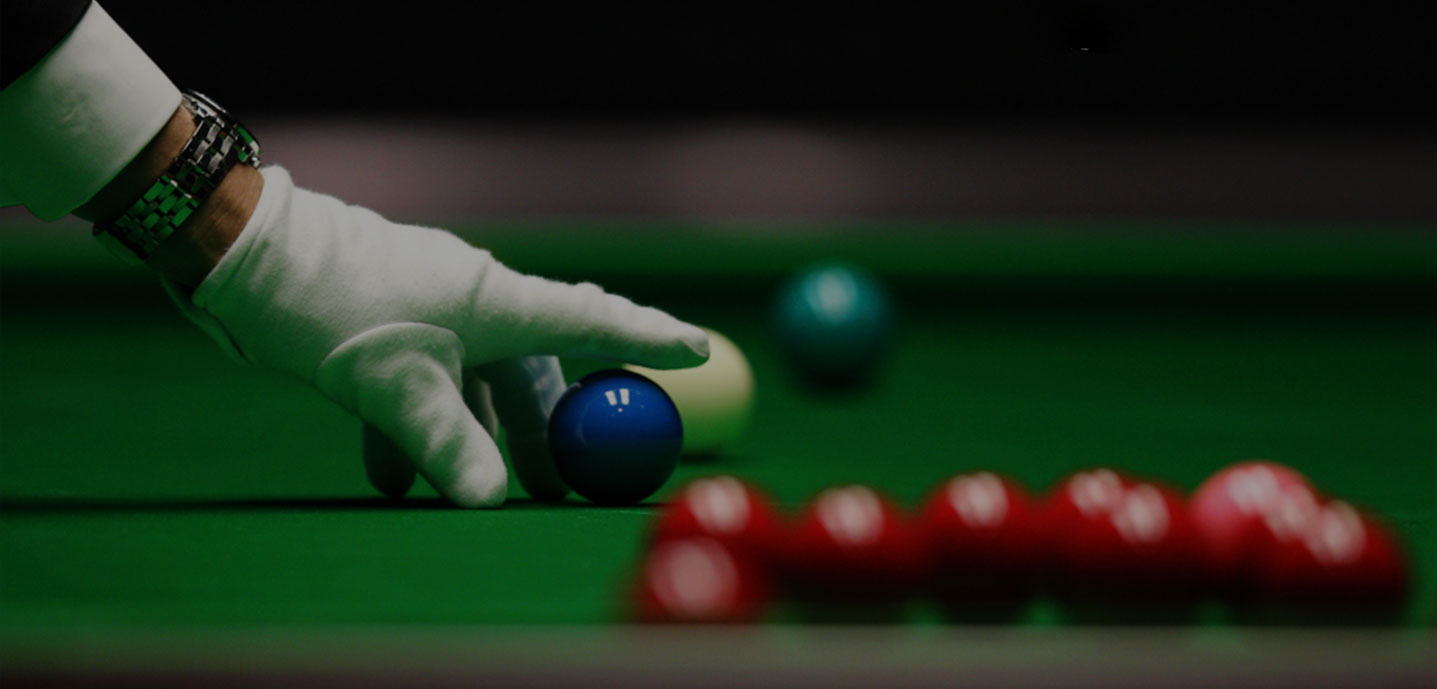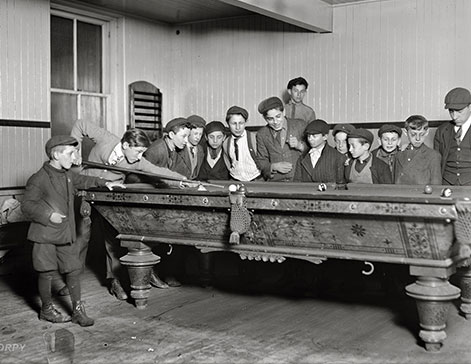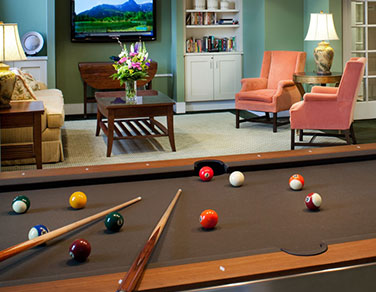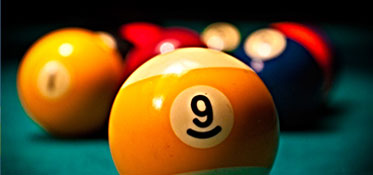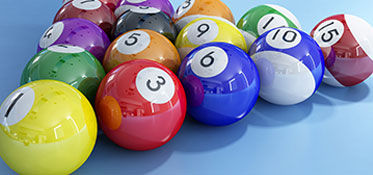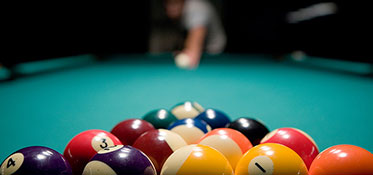-
 anemptytextlline
anemptytextlline -
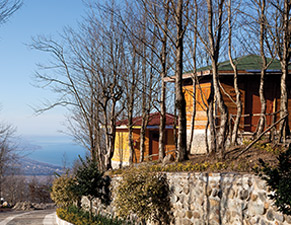 anemptytextlline
anemptytextlline -
 anemptytextlline
anemptytextlline -
 anemptytextlline
anemptytextlline
History Of Billiard
A recognizable form of billiards was played outdoors in the 1340s, and was reminiscent of croquet. King Louis XI of France (1461–1483) had the first known indoor billiard table.Louis XIV further refined and popularized the game, and it swiftly spread among the French nobility. While the game had long been played on the ground, this version appears to have died out in the 17th century, in favor of croquet, golf and bowling games, while table billiards had grown in popularity as an indoor activity.Mary, Queen of Scots, claimed that her “table de billiard” had been taken away by those who eventually became her executioners (and who covered her body with the table’s cloth).Billiards grew to the extent that by 1727, it was being played in almost every Paris café. In England, the game was developing into a very popular activity for members of the gentry
By 1670, the thin butt end of the mace began to be used not only for shots under the cushion (which itself was originally only there as a preventative method to stop balls from rolling off), but players increasingly preferred it for other shots as well. The cue as it is known today was finally developed by about 1800.
Early billiard games involved various pieces of additional equipment, including the “arch” (related to the croquet hoop), “port” (a different hoop) and “king” (a pin or skittle near the arch) in the 1770s, but other game variants, relying on the cushions (and eventually on pockets cut into them), were being formed that would go on to play fundamental roles in the development of modern billiards.
Illustration of a three-ball pocket billiards game in early 19th century Tübingen, Germany, using a table much longer than the modern type.



